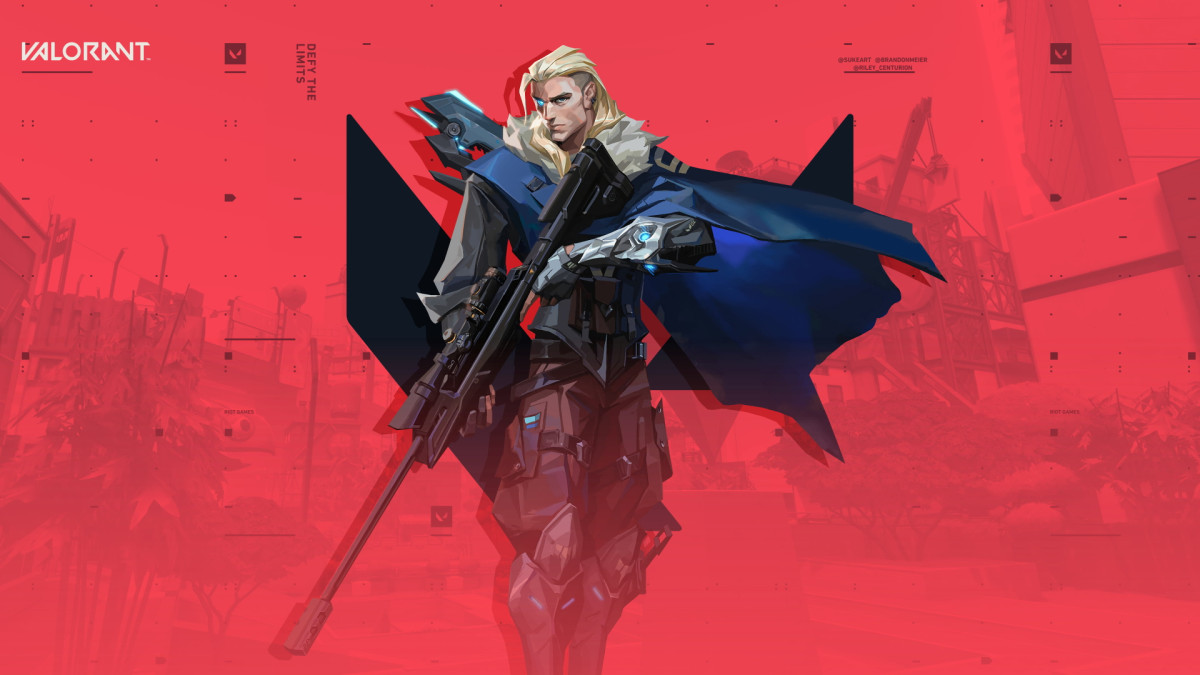The 5 Most Played NACE Starleague VALORANT Agents

After analyzing every Round-of-16 and above composition in Spring 2023 Starleague, we uncovered the top 5 most used agents out of all 330 played. Together, these 5 agents comprise approximately 62.1 percent of all NACE picks – they must be doing something right! Let’s examine the surprising statistics.
Killjoy

Killjoy is the most-played agent in Starleague, at about 16.7 percent with 55 picks. Uniquely, Killjoy was played on all maps currently in the VALORANT rotation. She is one of the Sentinels with the most denial utility. Though Deadlock may shake up this statistic in later games, it is undeniable that Killjoy is one of the longest-reigning agents in the meta even after recent nerfs.
Every strong offense needs to be supplemented by an even stronger defense. Other sentinels such as Sage and Cypher have utilities that are only meta on certain maps or sites, but Killjoy can perform well anywhere. She also has the unique capability to cause damage as a sentinel, with both her turret and swarm grenades posing a threat.
Jett

Jett ranks as the second most frequently picked agent with 49 picks and approximately 14.8% of the total. She was viable on almost every map and paired with almost infinitely various compositions. However, she was mostly selected on Haven with Omen, Sova and Killjoy. The abundant Jett/Sova pairings make sense since once Sova gathers information, Jett can quickly go in for the kill and escape unscathed.
It’s no surprise that Jett ranked so highly in Starleague’s compositions. She is arguably the most versatile duelist – her kit is suitable for individual duels, team play, taking space and gathering information. What she lacks in flashes and damage utility, she makes up for with mobility and speed. Punishing a strong Jett for their mistakes is also difficult thanks to her dash and smoke.
Sova

At 41 picks and 12.4 percent of the total, Sova ranks third out of all VALORANT agents. He is also the most frequently-picked initiator. Sova’s recon dart is simply more versatile than other information utility. His drone’s ability to tag enemies means more information and more kills through walls and smokes. In NACE, where complicated map control theory reigns supreme, Sova is instrumental in making sure a team maintains its presence in the right place at the right time.
Sova’s ultimate can also win important duels for a competitive team. NACE spectators saw this most recently in ripbenjii and dip’s Killjoy and Sova ult combo, which secured a stellar round for Northwood University against the St. Clair Saints. In a close game, Sova’s utility could make the difference between a win and a loss.
Omen

Omen is the most popular smoke agent on the list by far, boasting 36 selections and 10.9 percent of the total. This is no surprise- unlike Astra, Viper and Brimstone, his Paranoia makes him useful on both attacker and defender sides. He is one of the most versatile VALORANT agents. Omen can clutch up on his own if needed, but he is also able to play with a team.
Omen’s teleport allows him to lurk sneakily and run circles around the enemy – after serving his intended smoke function, he has the freedom to search for picks. Omen helps a Starleague team maintain an unexpected presence throughout the map and ensure successful pushes.
Breach

Breach is ahead of Viper by just one pick in the fifth-place spot. With 24 picks and about 7.3% of the agent pool, he is a regular in Starleague teams. Breach is most common on Fracture, Lotus, Pearl and Haven – all large maps with quick rotation and push potential. Flashes for a fast push are essential when it is so easy to be pinched by a rotating enemy.
Since most maps in the current VALORANT rotation are full of close-range angles, Breach is a fearsome pick. Especially on Fracture and Lotus, his flashes and stuns are hard to dodge. They are also easily combined with utility like grenades and mollies to cause more damage. It’s no wonder that OC Esports was able to secure their Grand Finals win with a Breach comp on Pearl.
Written by Gabby DeSena
This article was created as part of an internship collaboration with NACE
